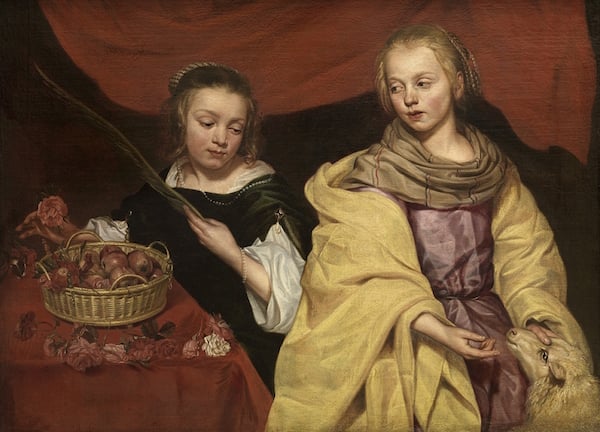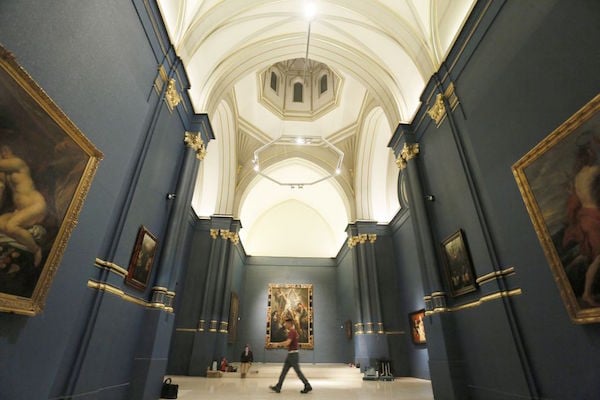Art & Exhibitions
New Madrid Museum Sets Focus on Flemish Old Masters
But, amidst the country's economic woes, can it afford another institution?

Photo via: KMSKA blog
But, amidst the country's economic woes, can it afford another institution?

Lorena Muñoz-Alonso


One of the galleries of the Museo Carlos de Amberes
Photo: Kike Para via El País
Madrid innaugurates a new museum dedicated to Dutch and Flemish Old Masters this week, the Museo Carlos de Amberes.
The new museum, located in a former church in the well-heeled area of Barrio de Salamanca, will open its doors tomorrow with an inaugural ceremony attended by the King Felipe VI of Spain.
The museum heralds a new era for the Fundación Carlos de Amberes, which started as a charity back in 1594, when Philip II of Spain was also Lord of the Seventeen Provinces of the Netherlands. By 1987, it had shifted its focus towards artistic and educational philanthropic activities, and, since 1992, it has run an active program of temporary exhibitions, lectures, and research.
The private foundation, however, doesn’t have an art collection. The only painting that it owns is Peter Paul Rubens’s The Martyrdom of St. Andrew (1637). This means the Museo Carlos de Amberes will follow an unusual structural model more or less entirely based on loans.
Taking the economic crisis that is affecting art institutions all over the country into consideration, however, the question remains: Why launch a museum now?
“The crisis was precisely one of the main reasons to move forward with the institution”, said Catherine Geens, the museum’s director, in an interview with artnet News. “Each temporary exhibition [the foundation] organized had a budget of around €1.5 million, while developing the structure of a museum to host a large, more permanent exhibition alongside a program of temporary exhibitions of works on paper is of €700,000,” she explained.
It is a logical step, then, but also a bold one. After all, how will Museo Carlos de Amberes compete with the Museo del Prado, only a mile away?
“What sets us up apart within the Madrid cultural landscape is our focus,” Geens replied. “The Prado is a magnificent museum, but it is also enormous and broad. People visit the Prado to see Goya, Velázquez, Bosch… But they will come to us to enjoy a careful selection of 16th and 17th century Flemish masterpieces. Because we are showing a sizeable collection of 40 paintings, we are also able to provide extensive interpretation and pedagogical material on each of the pieces,” she continued.

Michaelina Wautier, Saint Agnes and Saint Dorothea
Photo via: KMSKA blog
“Our research also showed us that the span of attention of the average museum-goer is of 90 minutes,” Geens added. “This is why boutique museums such as ours are starting to flourish.”
The inaugural permanent exhibition, which gathers 40 Flemish masterpieces, has been assembled by securing loans from several other European institutions. The Royal Museum of Fine Arts in Antwerp, closed until 2017 due to renovation, has loaned an astounding 21 works. They include important paintings by Rubens, Anthony van Dyck, Jacob Jordaens, Bernard van Orley, David Teniers II, and Michaelina Wautier, one of the very few female Flemish painters of the period.
But not all the loans come from afar. The nascent museum’s neighbor, the regal Museo del Prado has also loaned 10 works for a period of a year, with the possibility of an extension. These include The Infanta Isabel Clara Eugenia (c. 1615) by Jan Brueghel the Elder and Peter Paul Rubens, Policena Spinola, Marchioness of Leganés (1627) by van Dyck, Apollo as Victor over Pan (1637) by Jordaens, and Original Sin and The Construction of the Tower of Babel by Frans Francken the Younger.